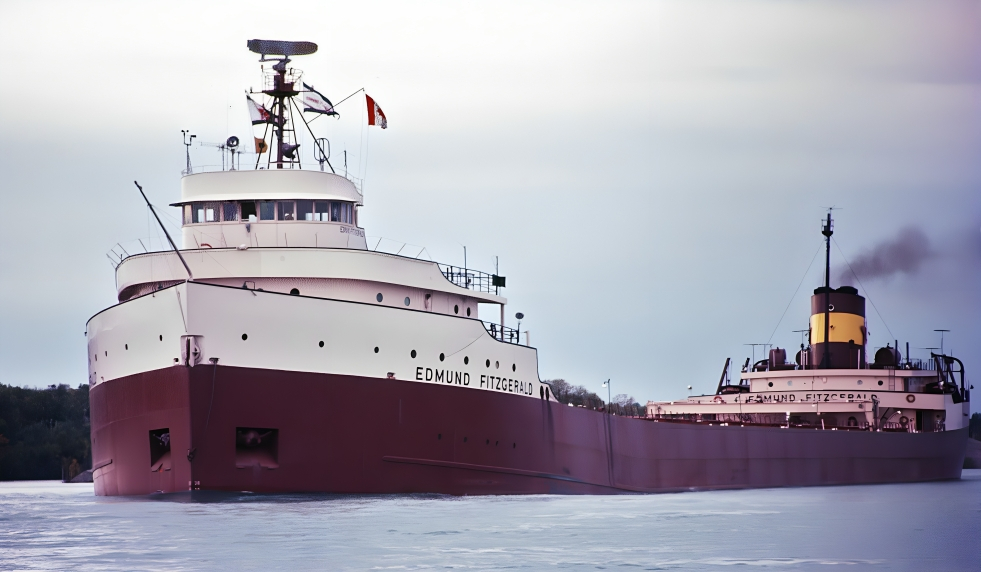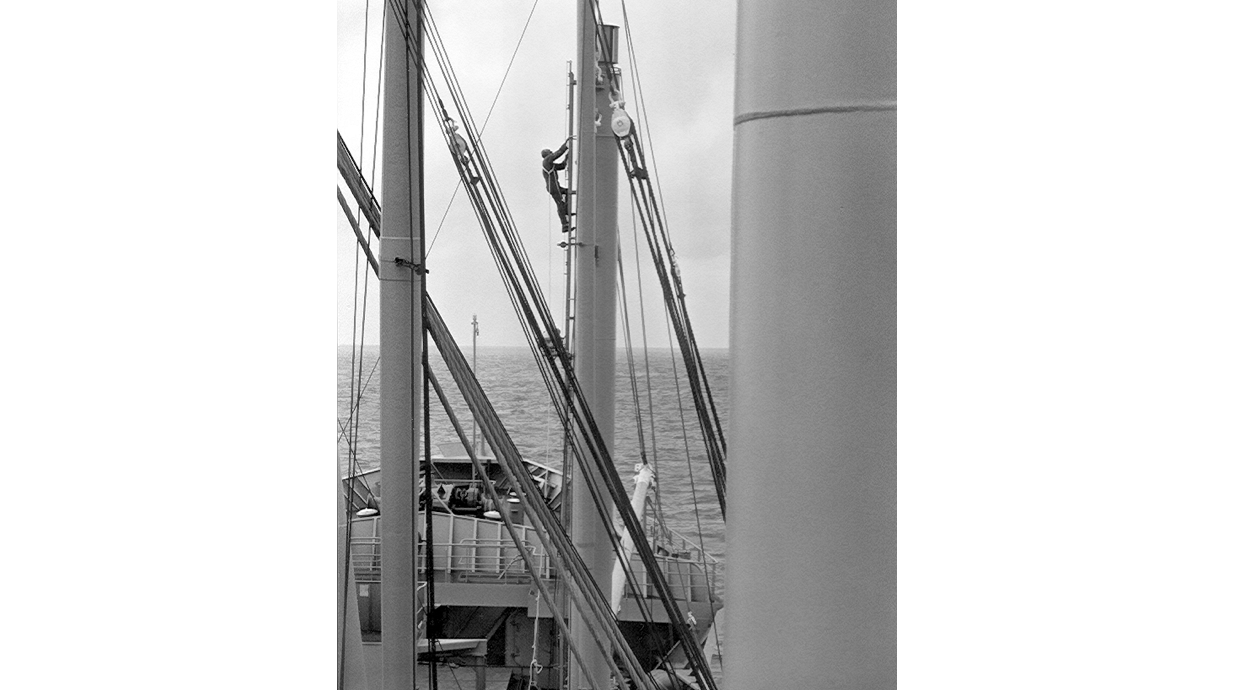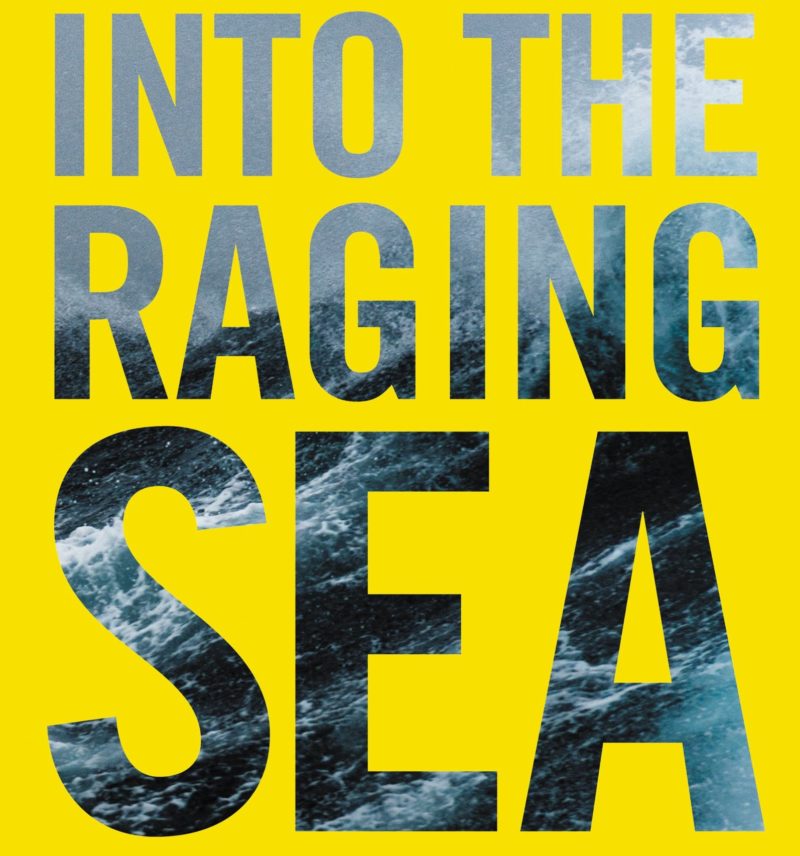November is the calendar month of remembrance, this year on November 11th in London and around European capitals the 100th anniversary of the end of World War One will be remembered. World War One ended on the 11th month on the 11th day at the 11th hour. There will be no veterans of the Great War, sadly they have all passed on from this world. While World War One is known for the trench warfare on the fields of France and Belgium there was another great loss and that was the effect of the German U-boat submarines that sank 5,000 merchant ships and the loss of many merchant mariners into the unforgiving waters of the North Atlantic. A turning point in the war was the U-boat sinking of the passenger liner RMS Lusitania off the coast of Ireland in May 1915. The German decision to sink the Lusitania caused significant loss of life in particular the 128 American passengers. This resonated in the consciousness of the United States much as the Japanese bombing of Pearl Harbor did 26 years later. Both events brought the United States into the theatre of global conflict.
When wars are remembered the principal focus of the public is about military veterans, the Army, Navy, Air Force and Marines. However, at every Remembrance Day march past the Cenotaph memorial in London on November 11th the Merchant Navy also lays a wreath to remember all the merchant seafarers who have given their lives. The word Cenotaph refers to an empty memorial or monument to honor those that were buried elsewhere. There are many such monuments around the world to commemorate fallen heroes including the Battle of the Alamo in San Antonio, Texas. The significance of a Cenotaph memorial has particular relevance to the many merchant seafarers that were lost during military conflict for they would be lost at sea and denied a burial. Even today there are many seafarers who are lost at sea and their families are denied the opportunity to bring their body to a final resting place of peace. The bodies of the seafarers lost on the El Faro in 2015 remain entombed on the bed of the Caribbean Sea as have many others over the many years of seafaring. For that reason, we must remember them in other ways. On November 10th at the Great Lakes Shipwreck Museum at Whitefish Point in Paradise, Michigan the recovered bell of the Edmund Fitzgerald will be rung as it is each year to remember the 29 men who gave their lives on that stormy November night.
The Merchant navies of the world are also the supply chain that enables the military to function. Still today it is the merchant seafarer that mans the tankers that supply fuel to naval vessels. When the Army needs to move its tanks and equipment the merchant fleets are the ones called upon to provide support. This role is not without risk – during the Falklands conflict the British flag ro-ro container ship Atlantic Conveyor was hit by two Argentinian Exocet missiles on May 25th, 1982. Twelve seafarers lost their lives and the ship subsequently sank into the South Atlantic while being towed for repairs. The El Faro that was lost in the Caribbean during Hurricane Joaquin in 2015 also served the needs of the US military carrying supplies during Operation Iraqi Freedom. At that time, she was named Northern Lights, she served for more than two years under charter to the Military Sealift Command making many voyages and carrying vast amounts of military equipment.
During my time at sea, we made two voyages to South Vietnam during the war in Vietnam, and our ship was carrying non-military supplies in support of the South Vietnamese people. One of our cargoes of interest consisted of ten pallets of Wrigley’s chewing gum while non-military in nature, it was clearly destined for use by the American troops stationed in Vietnam. Our ship, the London Statesman, had been a frequent visitor to Saigon because it had been chartered for some years to the American shipping company States Marine Lines. Sailing up the Mekong river was always considered to be a risky passage. The banks of the river had been doused with a chemical known as Agent Orange by the US military to clear all the vegetation. This had been done to make it more difficult for the Vietcong to hide in the marshes and attack merchant ships bringing supplies into Saigon. I remember the voyage up the Mekong with our American pilot who explained that this had to be made in daylight, and at full speed, the river like many others in the world had many turns, and we sped upriver towards Saigon at our full speed of 16 knots with full helm to take the bends in the river. We all knew that the advice was serious, and we were on double-pay as soon as we entered Vietnam waters because it was a war zone. A year before the London Statesman had been the victim of friendly mortar fire while anchored in Saigon. Several Vietnamese stevedores had died as the shelling hit the accommodation and the engine room. Fortunately, the ship remained afloat and was repaired in Singapore however, all of us knew that the danger of a war zone is that harm can come from both sides.
Many will be familiar with the Canadian folk singer, Gordon Lightfoot and the Ballad of the Edmund Fitzgerald. On November 10th on the Great Lakes, the loss of the S.S. Edmund Fitzgerald will be remembered. The Edmund Fitzgerald went down with all hands on the night of November 10th, 1975 during a Lake Superior storm that by all accounts swamped her deck and collapsed her hatch covers. She sank quickly carrying all 29 seafarers with her to their grave on the bottom of Lake Superior. Ore carriers have a reputation for sinking rapidly when their hull integrity is breached, water fills the empty space in the cargo holds, and there is often no time to send off distress calls or to abandon ship. This was the case for the Edmund Fitzgerald and a similar situation for the British flag ore carrier, Derbyshire which went down off Japan in 1985 with the loss of 44 including two wives. The recent loss on March 31st, 2017 of the fully laden ore carrier Stellar Daisy in the South Atlantic also happened quickly, but the crew had time to briefly muster on the bridge after the ship took a severe list to port before capsizing and sinking with her cargo of some 250,000 tons of sinter fines. Only two seafarers survived, they were both Filipino, and they managed to seek refuge in one of the Stellar Daisy’s life-rafts. They were both rescued the following day by the cargo ship Elpida. The remaining 22 seafarers, 14 Filipino and 8 South Korean have not been found, meantime the investigation by the Marshall Islands register under which the Stellar Daisy was sailing continues on with several theories circulating that range from possible liquefaction and shifting of the sinter fines to structural collapse and loss of hull integrity.
As Winter comes to the Northern hemisphere, we need to be mindful that the business of shipping continues in all seasons. As we visit the seafarers who have engaged in cross-oceanic trades, they will need extra attention because they will be experiencing the stress of being up against the weather.
The new home of the Seamen’s Church Institute “SCI” of South Jersey and Philadelphia is located at the Navy yard in Philadelphia. This has provided SCI with a centric location to serve some thirty port terminals on both sides of the Delaware River. This year SCI is celebrating 175 years of serving seafarers, and it is worth remembering that when the work started in 1843, Charles Dickens was publishing his novel “A Christmas Carol.” From the Victorian era to the 21st century there have been many technological changes and the ships of today are very different from those in the mid-nineteenth century. The Navy yard is also home to the Chapel of Four Chaplains based at the former US Navy Chapel. The Four Chaplains Memorial Foundation is also about remembering. In particular, the 675 that were lost when the Army troopship Dorchester sank off Greenland on February 3rd, 1943. The Dorchester was manned by US Merchant marine seafarers under the command of Captain Hans Danielsen, on the night of February 3rd, the Dorchester was sunk by a torpedo from a German U-Boat. Four Army chaplains of different religious faiths aided all the young soldiers as the Dorchester sank into the frigid waters of the North Atlantic, the chaplains gave their own lifejackets to those that needed them. The chaplains were last seen arm in arm praying and singing hymns as the Dorchester sank below the waves. 75 years later their service is remembered by the Four Chaplains Memorial Foundation, and they do this by awarding honors each year to recognize ordinary people who perform extraordinary acts – their motto is “Unity Without Uniformity”.
So, take a moment on November 10th to remember the Edmund Fitzgerald and on November 11th, Veterans Day, remember all the merchant seafarers that gave their lives during times of conflict and on the restless waves of the world’s oceans, lakes and rivers.
Author: Rev. David Reid, MA AFNI




